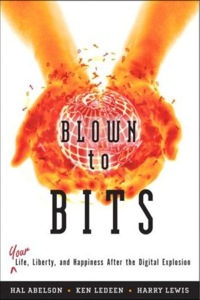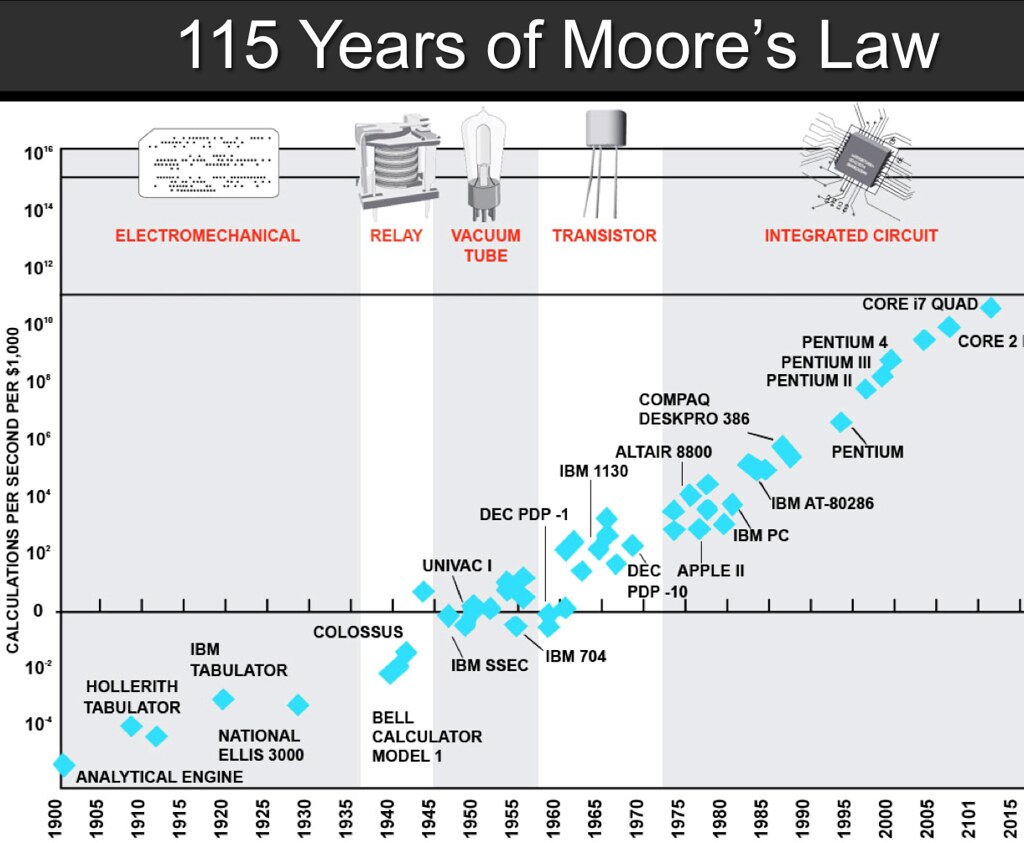
2.11. Impacts of CS The Digital Explosion¶
Time Estimate: 90 minutes
2.11.1. Introduction and Goals¶
Computing has transformed our lives in so many ways. And mobile computing, where we are constantly connected to others and to the world via our mobile devices, is challenging us right now to come with new norms about privacy, security, the ownership or openness of data and information, and other issues.
Like any technology, mobile computing has both positive and negative impacts. We need to reflect on these impacts in general and we also think about the impacts we will create as we build our own mobile apps.

|
Learning Objectives: I will learn to
|
2.11.2. Learning Activities¶
- Blown to Bits Chapter 1
- |
- Double Entry Journal Sheet
- |
- Technology Use Worksheet
- |
- Debate Team Carousel
Chapter One: The Digital Explosion—Why Is It Happening and What Is At Stake?
Chapter One of Blown to Bits makes the point that today everything is digital -- that is, everything is represented by binary digits or bits. And it provides some provocative examples of the societal implications of this digital explosion.
Take a look around your classroom or room. Where can you see devices that use bits? Try to think beyond just your computers and mobile phones or tablets. For example, is the room's lightswitch on a timer or have a motion sensor? Here are some examples you can use to help you get started.
Part 1:
- Read pages 1-4 in Chapter One and Koan 4 about Moore's law on pages 8-9 to learn more about how quickly our world has become digital. As you read, use the Double Entry Journal (File -- Make a copy for an editable version) to summarize and comment on at least four quotes or summarized ideas that the authors bring forward in this chapter. Discuss your quotes with your classmates.
- Watch the short video about Gordon Moore.
- Below is an image that represents Moore's law graphically - the observation that the number of transistors per square inch on integrated circuits had doubled every two years since their invention. This means the speed at which we can process digital data increases exponentially. Discuss the graphic with your class.

Part 2: Over the next 24 hours, keep track of all the technology that you use with this worksheet. For example, do you use your phone to set an alarm? Does your coffee maker include a mini-computer? Keep a running list of items that you use and then make a tally or count how often you use them during the day. Once you're done, consider how easy or difficult it would be to make it through a single day without using a computer. Which of your daily activities could you do without digital information or devices?
Part 3: Read pages 13-16 (Good and Ill, Promise and Peril) in Chapter One which takes a look at the positive and negative implications of the digital explosion. This is an important concept as part of the AP exam multiple choice questions. Get into groups of 4 and use the Debate Team Carousel handout to discuss this concept further.
2.11.3. Summary¶
In this lesson, you learned how to:
2.11.4. Still Curious?¶
Check out some current events about the positive and negative impacts of technology in these articles (tagged by different topics).
2.11.5. Self-Check¶
Here is a table of the technical terms introduced in this lesson. Hover over the terms to review the definitions.
| bit
byte blacklist character data data center data network |
disk drive
intellectual property Moore’s Law network processor social network whitelist |
2.11.6. Reflection: For Your Portfolio¶
Answer the following portfolio reflection questions as directed by your instructor. Questions are also available in this Google Doc where you may use File/Make a Copy to make your own editable copy.